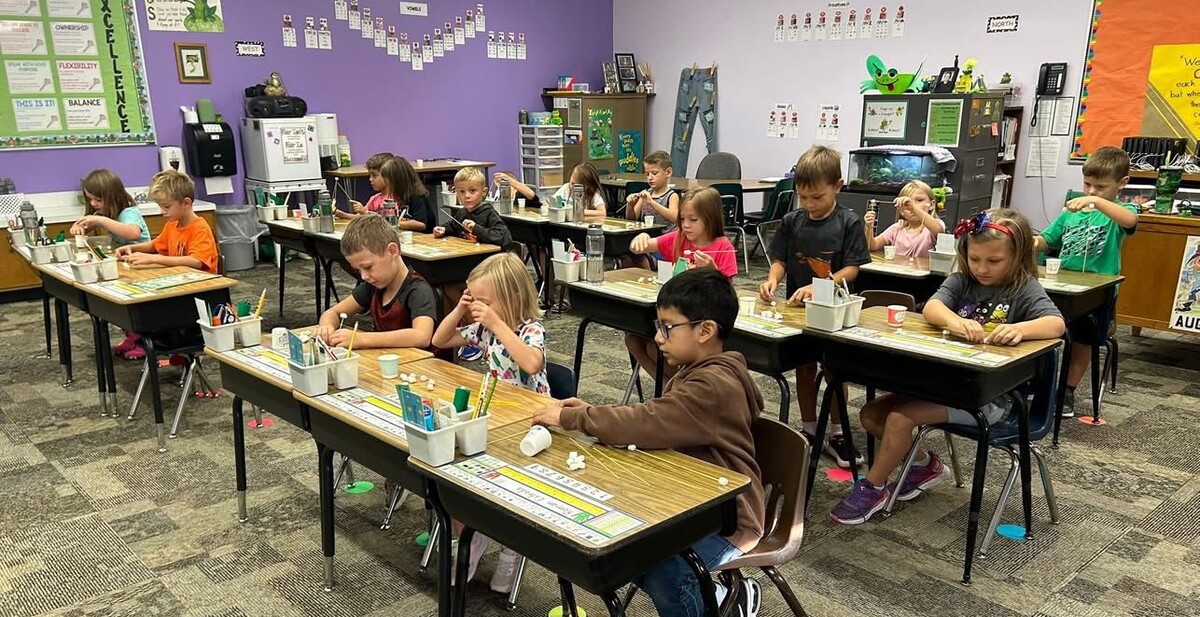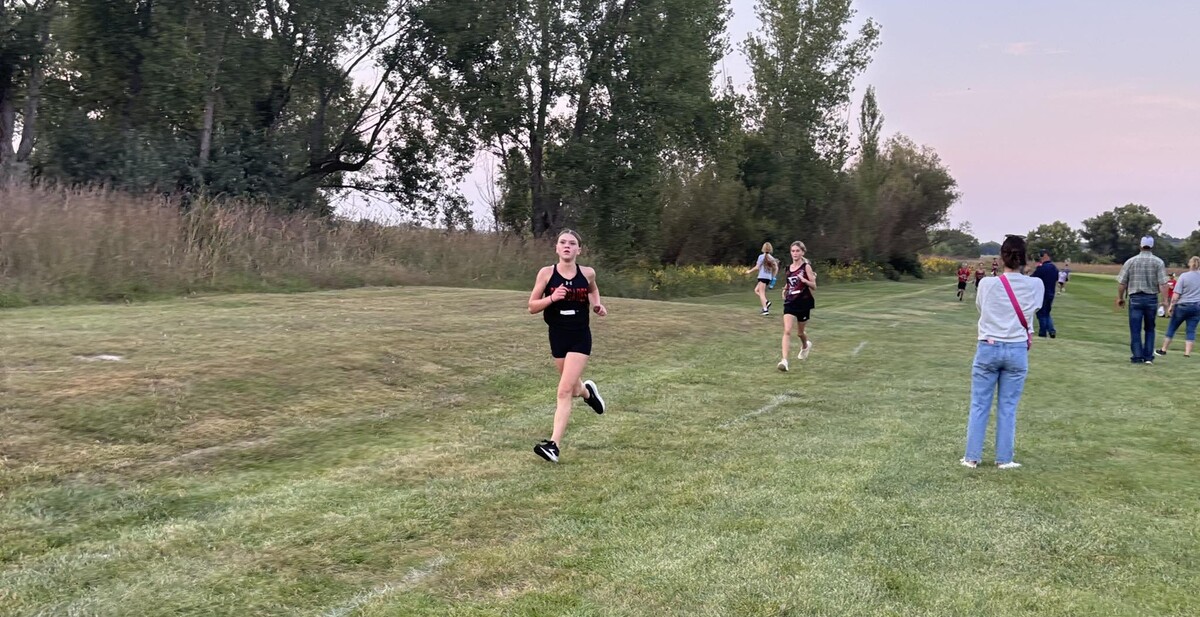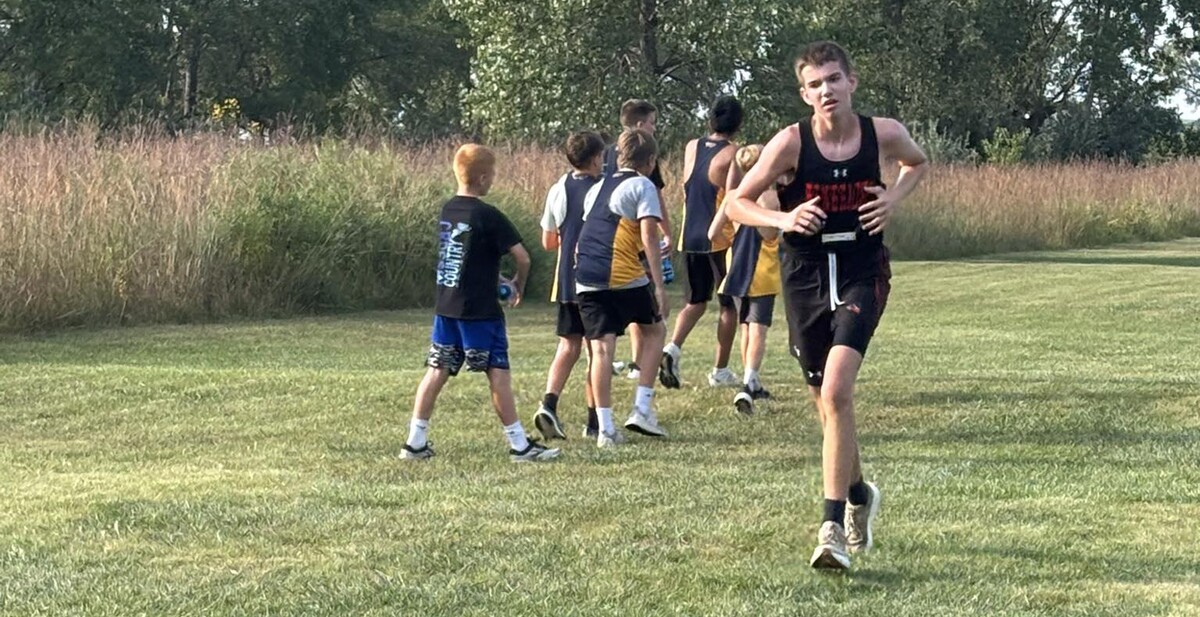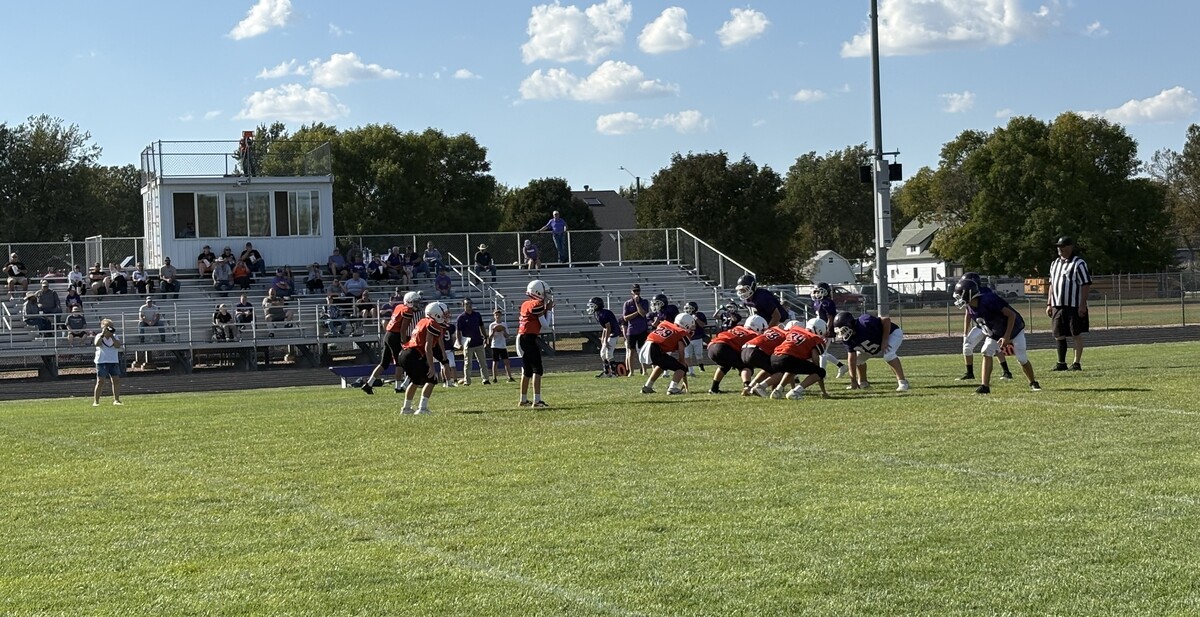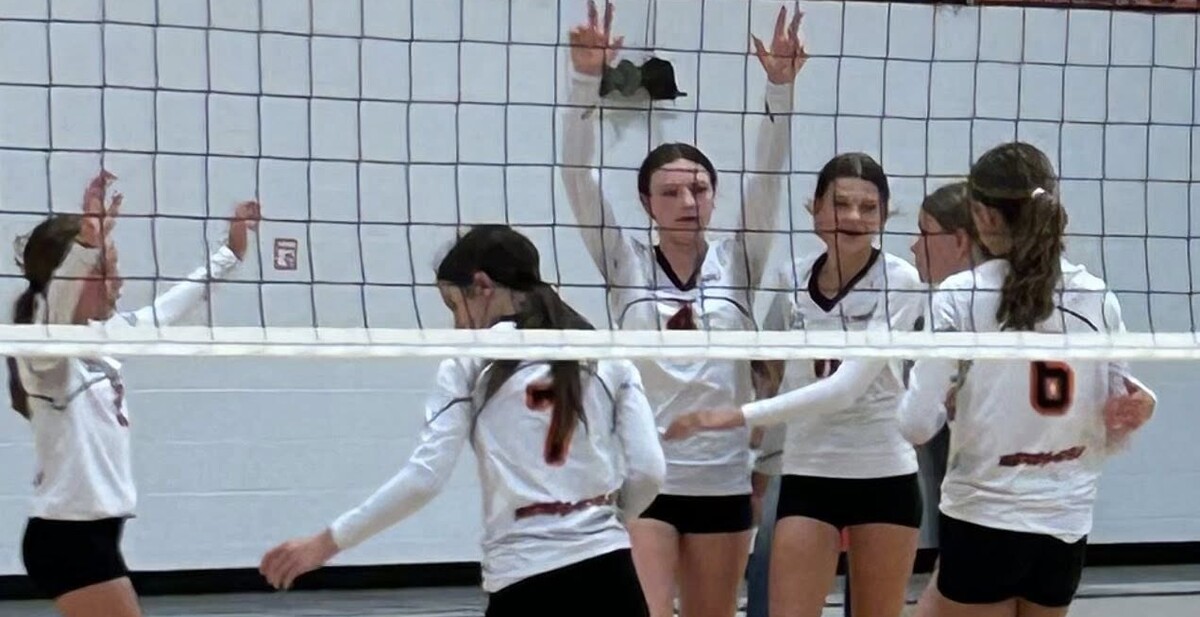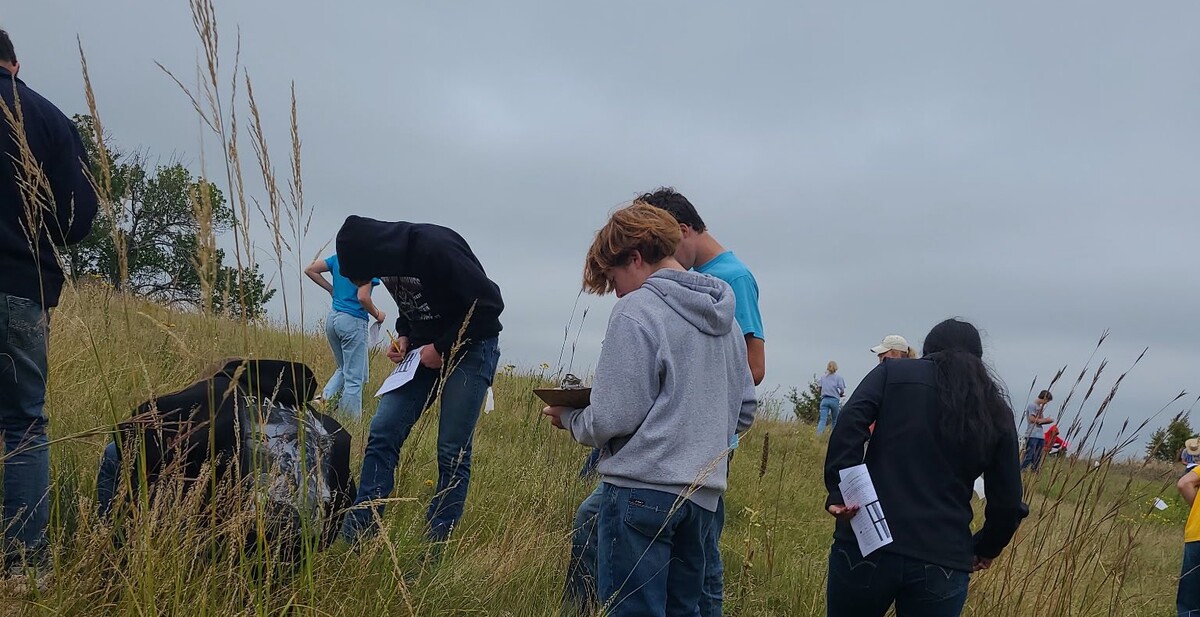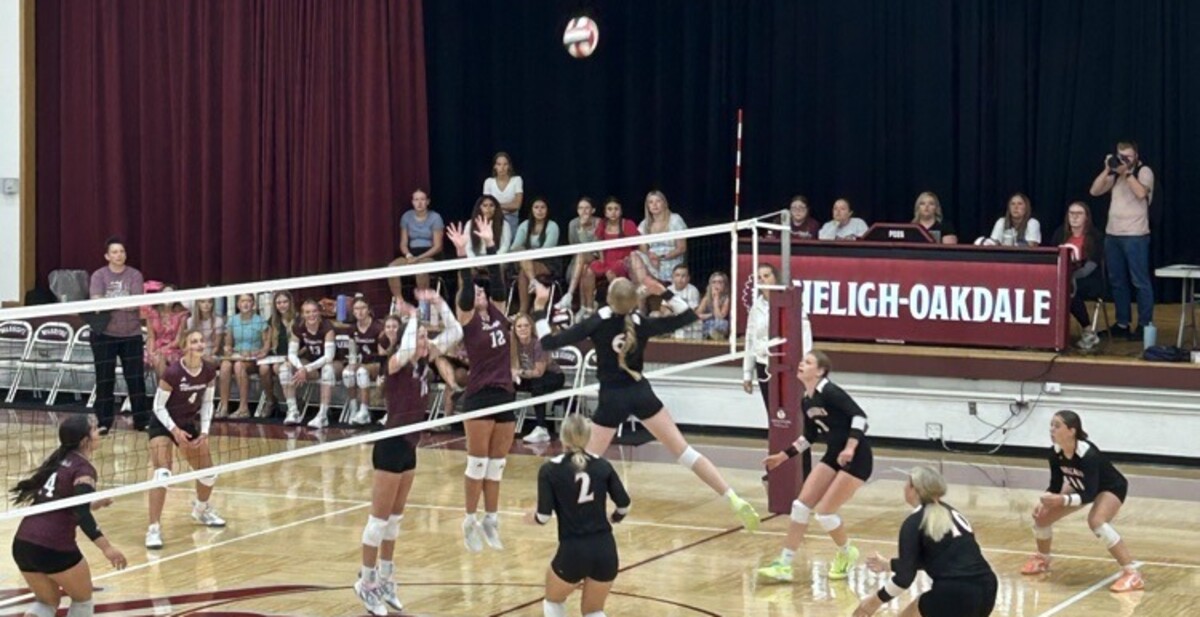ESSER Report
March 11, 2022
ESSER I Grant Appropriate Expenditures (2020):
Allowable Uses are numbered, responses are in Bold.
8. Purchasing supplies to sanitize and clean the facilities of a local educational agency, including buildings operated by such agency.
Appropriate cleaning supplies will be purchased and use on a daily basis. Also, in order to maintain the least restrictive learning environment, while following Health Dept. directives, we are building plexiglass barriers in each classroom & lunchroom. In addition to this we are providing masks and shields for all staff/students.
ESSER II Grant Appropriate Expenditures (2020-21):
Allowable Uses are numbered, responses are in Bold.
10. Purchasing educational technology (including hardware, software, and connectivity) for students who are served by the local educational agency that aids in regular and substantive educational interaction between students and their classroom instructors, including low-income students and students with disabilities, which may include assistive technology or adaptive equipment.
Purchase of all upgraded I-pads for Zearn Math and Zoom instruction.
Purchase of needed laptops for 1 to 1 at the 7-12 level for Zearn Math grade 7 for 2021-22 year and for Zoom instruction.
12. Planning and implementing activities related to summer learning and supplemental afterschool programs, including providing classroom instruction or online learning during the summer months and addressing the needs of low-income students, children with disabilities, English learners, migrant students, students experiencing homelessness, and children in foster care.
We will implement a targeted summer school program at the K-6 level. The primary focus will be on Language Arts, i.e.reading comprehension, and Mathematics. This will take place during the month of July.
13. Addressing learning loss among students, including low-income students, children with disabilities. English learners, racial and ethnic minorities, students experiencing homelessness, and children and youth in foster care, of the local educational agency, including by -
(A) Administering and using high-quality assessments that are valid and reliable, to accurately assess students' academic progress and assist educators in meeting students' academic needs, including through differentiating instruction.
(B) Implementing evidence-based activities to meet the comprehensive needs of students.
(C) Providing information and assistance to parents and families on how they can effectively support students, including in a distance learning environment.
(D) Tracking student attendance and improving student engagement in distance education.
Expansion of Title 1 services at the K-6 level. Move from a 0.5 time FTE Title 1 teacher with full time para to an 0.8 FTE Title 1 teacher with a full-time para. This is to provide supplemental instruction.
14. School facility repairs and improvements to enable operation of schools to reduce risk of virus transmission and exposure to environmental health hazards, and to support student health needs.
Our current lunchroom and cafeteria design contribute to crowding. In addition to this our Health Inspector has strongly recommended that we upgrade our counter tops, replace existing wooden cabinets with metal or high plastic models and change the directional flow of dirty and clean dishes within the food preparation area to reduce cross contamination and pathogen spread.
ESSER III Grant Appropriate Expenditures (2021-22):
Allowable Uses are numbered, responses are in Bold.
13. Addressing learning loss among students, including low-income students, children with disabilities. English learners, racial and ethnic minorities, students experiencing homelessness, and children and youth in foster care, of the local educational agency, including by -
(A) Administering and using high-quality assessments that are valid and reliable, to accurately assess students' academic progress and assist educators in meeting students' academic needs, including through differentiating instruction.
(B) Implementing evidence-based activities to meet the comprehensive needs of students.
(C) Providing information and assistance to parents and families on how they can effectively support students, including in a distance learning environment.
(D) Tracking student attendance and improving student engagement in distance education.
We have explored a number of Language Arts Curriculums and believe the best fit for our district, based on the Science of Learning, is the Core Knowledge Language Arts for grades PK-5. We are focusing on My Perspective ELA for grades 6-12 in addition to both technical and college preparatory ELA programs at grades 11 & 12.
14. School facility repairs and improvements to enable operation of schools to reduce risk of virus transmission and exposure to environmental health hazards, and to support student health needs.
Currently we have a small metal shop and a very small wood shop both of which are in different locations within the same lab. Given the increased interest in both vocational areas it is advantageous for us to expand the lab. A slightly larger metal shop and an adjacent woodshop that are in direct view and proximity to the vocational classroom, would significantly enhance programs and allow for greater separation of students.
